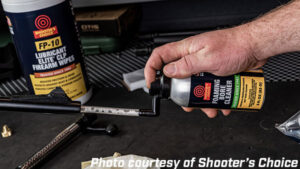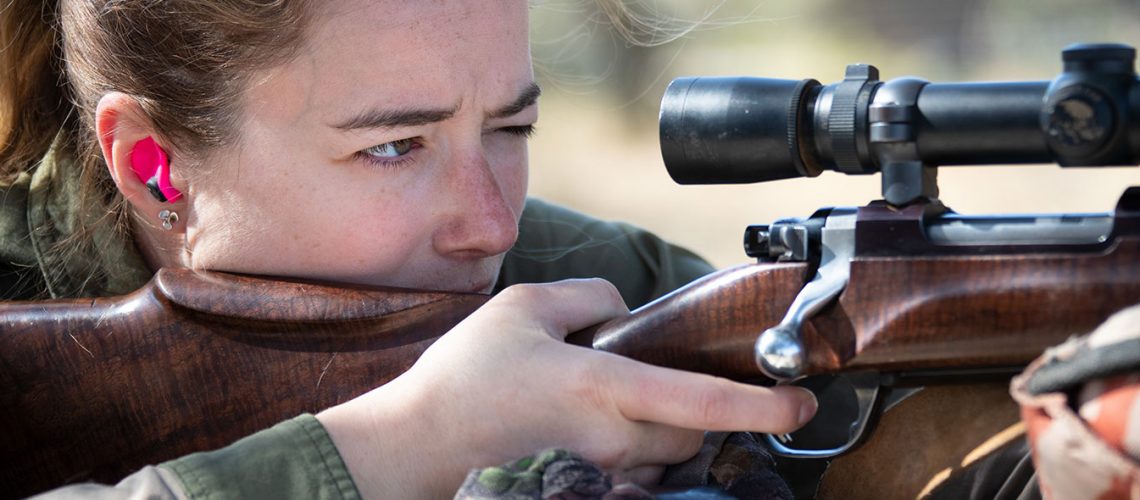When it comes to the topic of whether or not you should “break in” the barrel of a new rifle, there are really only two schools of thought.
1. Yes, of course, you should.
2. No, of course, it’s not necessary.
And guess what? They’re both right. It just depends on your firearm. (And your viewpoint.)
 THE BREAK IN PROCESS
THE BREAK IN PROCESS
After manufacture, barrels will have minor imperfections (mostly from tool marks, rifling, and drilling) that bullets will endure. The point of breaking in a rifle is to smooth the interior surface of the barrel to diminish those imperfections.
Although there are many different opinions on the “right” method of breaking in your firearm, the steps almost universally include cleaning the barrel to remove any oil or grease remaining from the manufacturing process, then firing the rifle a number of times (some say one time, some say five, it varies), then repeating that process to a total of around 50 shots (depending on who’s giving the advice).
The idea is that a smoother barrel will result in greater accuracy, minimize fouling, and reduce the frequency of cleaning throughout the life of the rifle.
WHEN TO BREAK IN YOUR BARREL
If you have a mass-produced, factory-manufactured barrel, there’s a better than average chance your barrel will have some burrs, inconsistencies, or factory marks that could use some smoothing out.
Breaking in your barrel will enable those “breaking it in” rounds to diminish the imperfections that are part of most mass-produced barrels.
Just what methodology you want to use (clean after one round, clean after three rounds, etc.) is up to you—as is how many total rounds you should fire to break in your rifle.

 WHEN NOT TO BREAK IN YOUR BARREL
WHEN NOT TO BREAK IN YOUR BARREL
Some barrels, especially nicer ones, come “lapped” from the factory. “Lapping” is a process of polishing the interior of the barrel by running a broach through the bore to smooth out all inconsistencies while maintaining concentricity. The lapping process is used in more sophisticated manufacturing processes on higher quality rifles, generally.
High-end rifles that have been lapped are unlikely to need a break in process. The same goes for cold-hammer forged barrels. Broached or button rifled barrels, and electric discharge machined barrels should also be smooth, and thus not need to be broken in.
Like many issues regarding firearms, breaking in a rifle barrel is a topic of strong viewpoints. As always, the measuring stick is your own judgement, and what works best for you and your firearm.

